EEC Unveils 'EEC Capital City' for Net Zero Goal

Mr. Chula Sukmanop, Secretary-General of the Eastern Economic Corridor Policy Committee (EEC), participated in the POSTTODAY Thailand Smart City 2025 seminar, Smart City Management with Technology and AI to Improve Quality of Life. Speaking on the topic Smart City, Technology in Smart Cities, he highlighted the EECs ongoing efforts to drive the development of smart cities by promoting investment in New S-Curve Target Industries.
The EEC has categorized its target industries into five clusters: medicine and health, digital, automotive, green industry (BCG), and the service sector. Currently, tangible investments are beginning to materialize, with the green industry (BCG) and service sectors receiving the highest levels of investment.
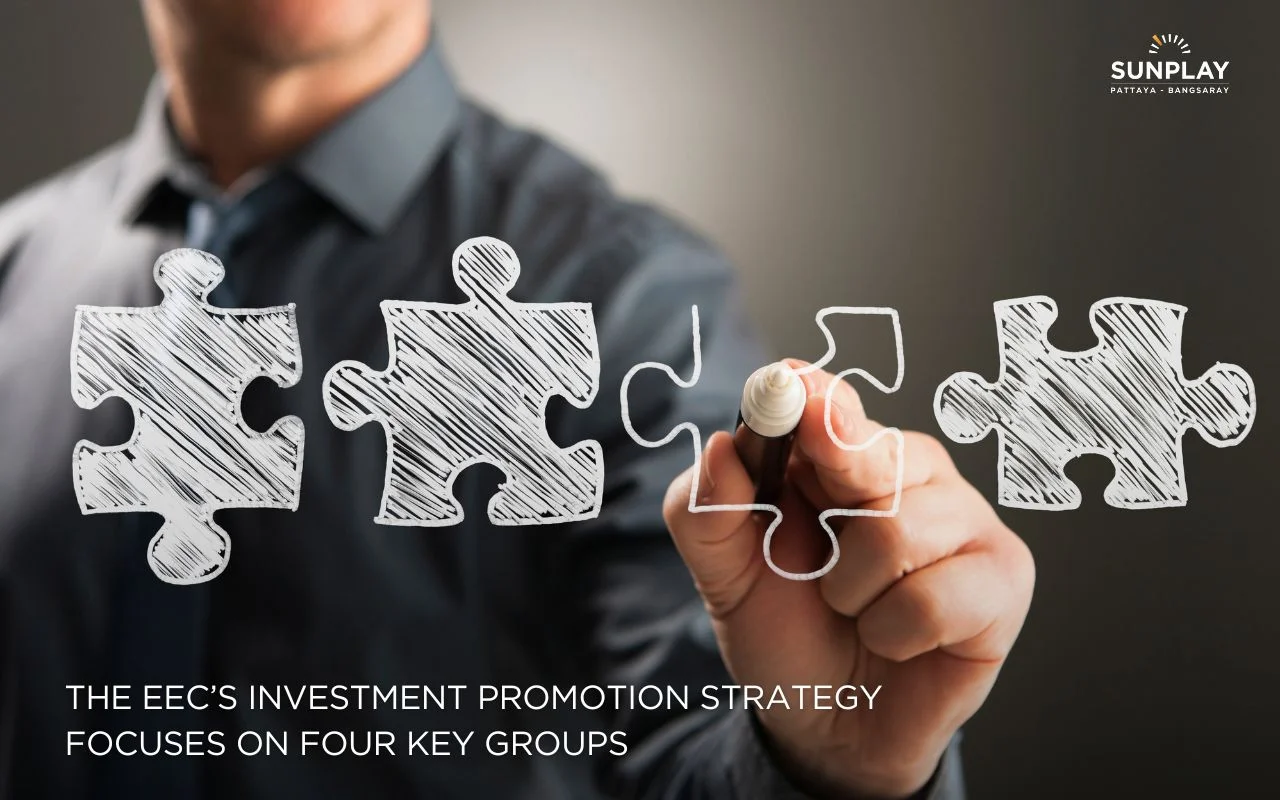
The EECs investment promotion strategy focuses on four key groups
1. Food Industry
Leveraging technology to process Thai food and agricultural products.
2. Biofuel and Biochemical Industries
Developing products such as biodiesel and SAF (Sustainable Aviation Fuel) to enhance the value of Thai agricultural products.
3. Energy Industry
Promoting sustainable energy solutions.
4. Waste Management and Recycling Industries
Addressing growing consumer interest in waste management and adapting the industry to meet the needs of end-users in the next 2-3 years.
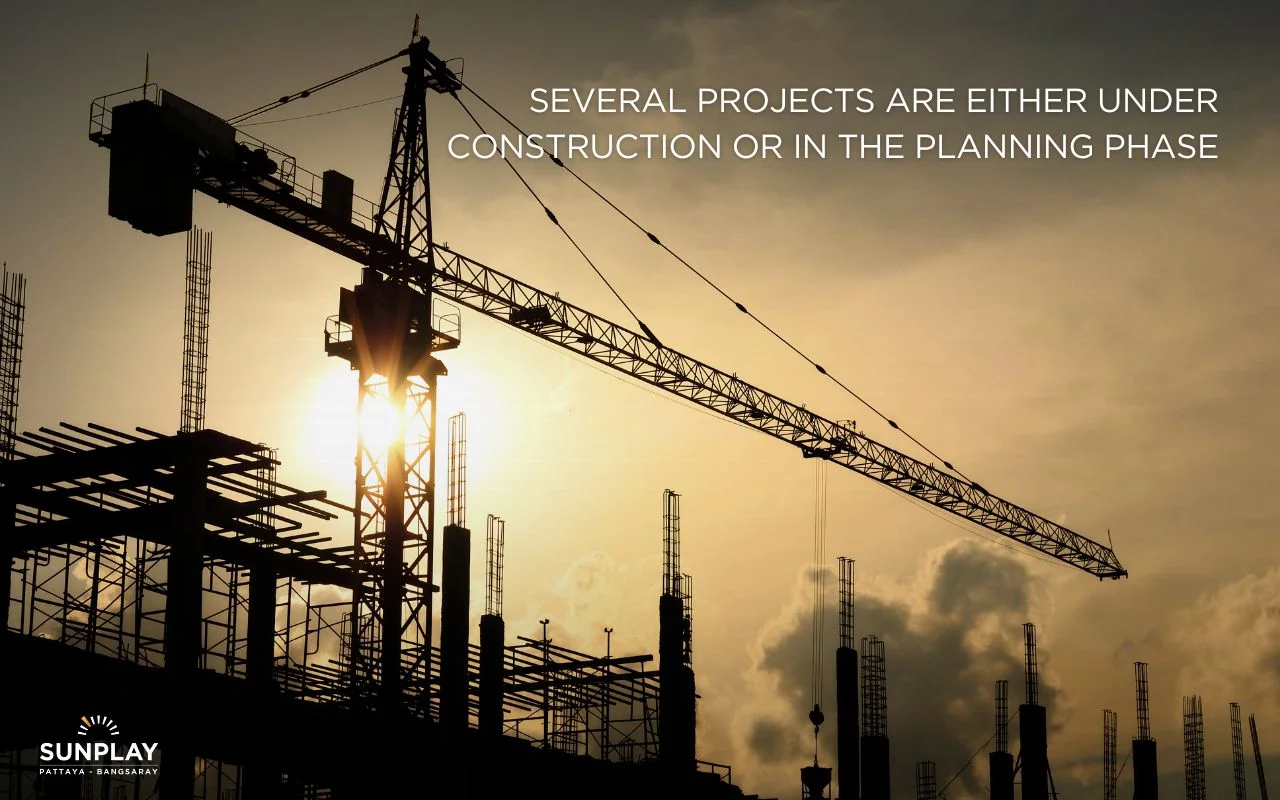
In addition to promoting investment in target industries, the EEC has been actively pushing for infrastructure development to serve as a gateway to the region, facilitating access for investors and tourists to the three provinces in the EEC.
Several infrastructure projects are either under construction or in the planning phase, including Map Ta Phut Port, Laem Chabang Port Phase 3, the U-Tapao Airport and Eastern Aviation City Project, and the High-Speed Rail Linking Three Airports Project.
One of the smart city areas in the EEC will include a private-sector initiative to develop an aviation city into a duty-free destination where people can shop and spend, said Mr. Chula.
U-Tapao Airport is planned to be transformed into a hub for stimulating travel and spending across various demographic groups. Similar to Changi Airport in Singapore, it will also incorporate entertainment features such as concerts and an F1 racetrack to attract tourists and encourage spending in the area.
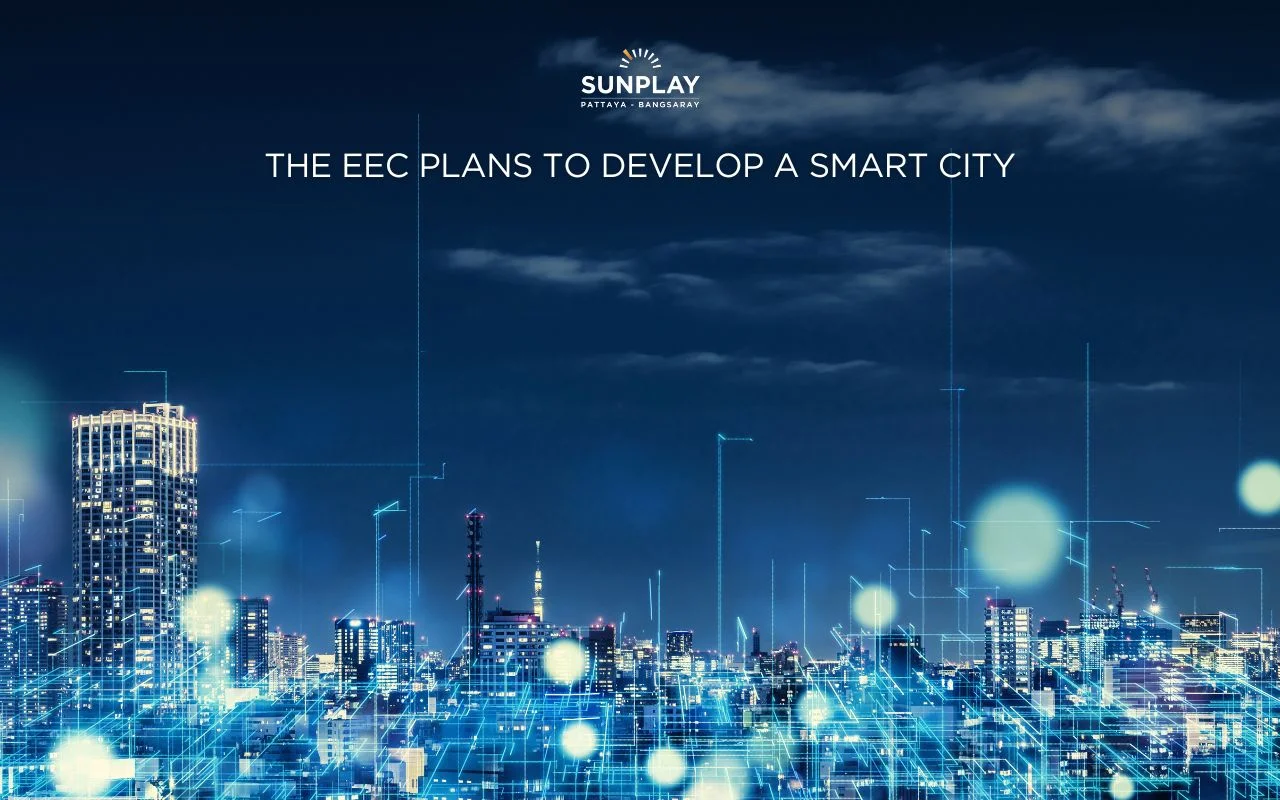
Additionally, the EEC plans to develop a smart city to accommodate incoming investors. The EEC Capital City project will create a futuristic city spanning 14,000 rai in Huai Yai Subdistrict, Bang Lamung District, Chon Buri Province.
Located approximately 10 kilometers from Pattaya-Jomtien and 15 kilometers from U-Tapao Airport, the city will be strategically positioned along Highway No. 331 and within a 30-kilometer radius of U-Tapao Airport. Its location near industrial estates is designed to support both economic and industrial growth in the region.
The development of the smart city EEC Capital City will focus on three core principles: Smart, Green, and Sustainable. The conceptual framework for this city is currently in progress. It is anticipated that the majority of residents will be foreigners, aligning with global trends favoring environmentally friendly smart cities.
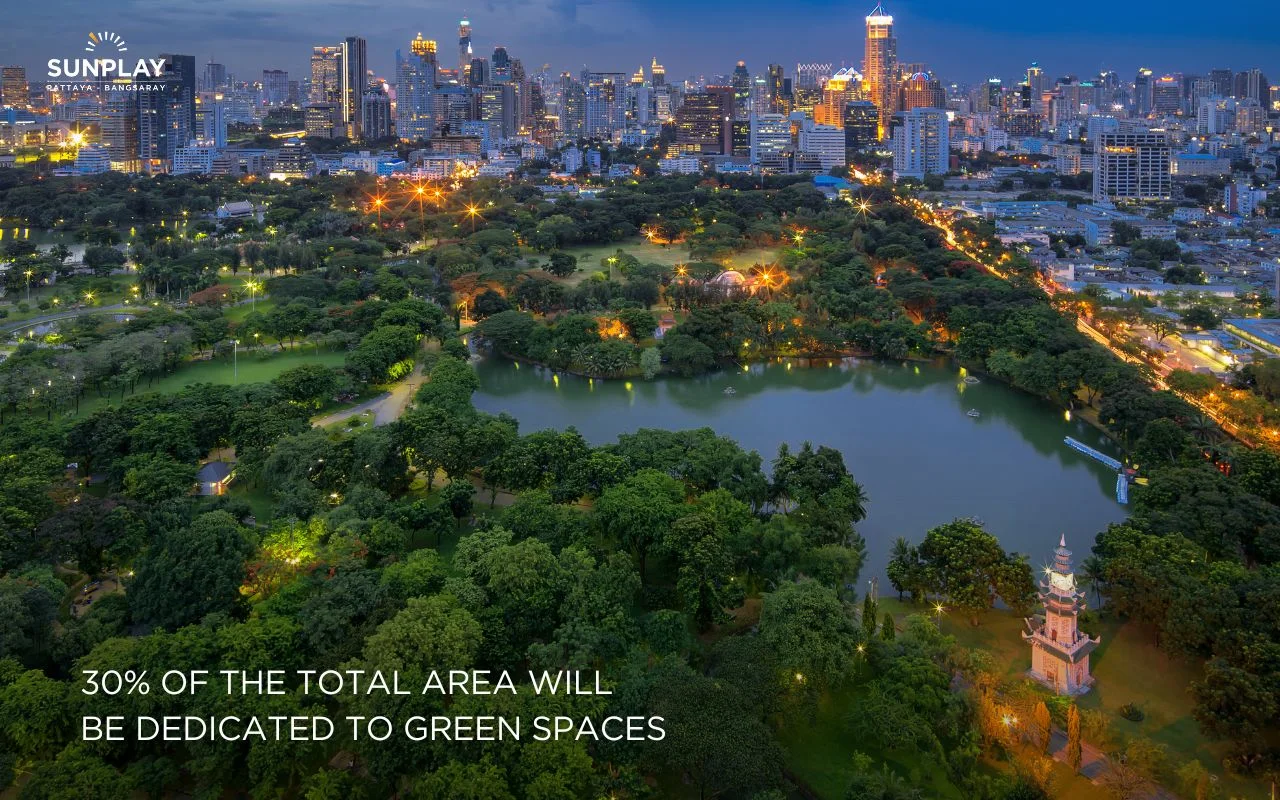
To achieve this vision, approximately 30% of the total area will be dedicated to green spaces, water sources, public parks, and natural common areas, serving as the lungs of the EEC with rich natural resources.
To address the needs of a smart city, an advanced AI management system will be developed to collect and analyze city data, forming a digital platform for future innovations. This includes initiatives like recycling systems, efficient water management, and the creation of wetlands to support local wildlife.
The initial development of EEC Capital City is expected to take shape by 2030, with the ultimate goal of aligning with the Net Zero carbon emissions target by 2050.
Mr. Chula concluded that the EEC is preparing a Public-Private Partnership (PPP) project to manage all public utilities in EEC Capital City. This approach will ensure that the Net Zero theme is sustained while setting a green city standard for the region.
He emphasized that this project will gain global attention, positioning the EECand Thailandas a leading destination for living and working.
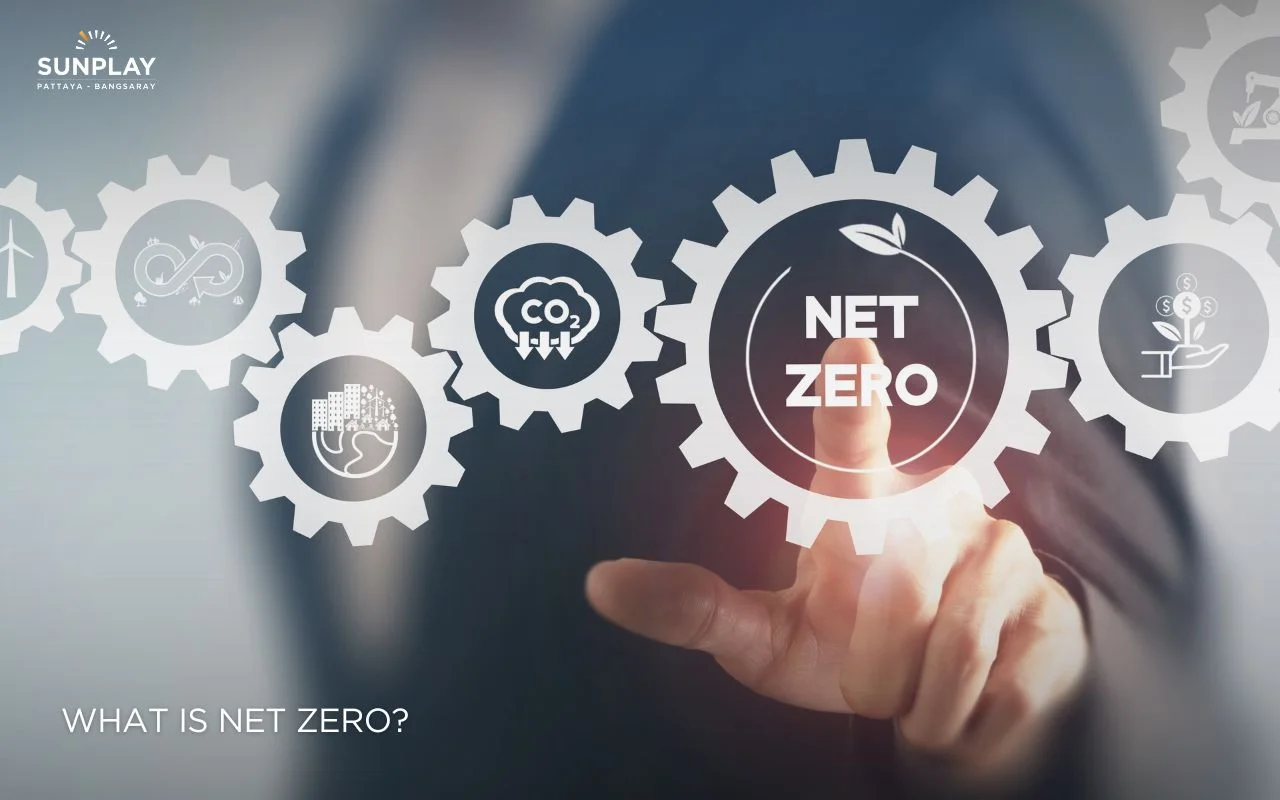
What is Net Zero?
Net Zero or net zero greenhouse gas emissions, occurs when the total greenhouse gases emitted by human activities are balanced by an equivalent amount of greenhouse gases removed from the atmosphere.
Simply put, after accounting for emissions reduction measures like reforestation, carbon credit trading, and environmentally friendly projects, the net emissions must equal zero.
The first and most critical step to achieving Net Zero is significantly reducing carbon dioxide emissions from sources like internal combustion vehicles, power plants, and industries reliant on fossil fuels.
The goal is to bring these emissions as close to zero as possible. The next step involves removing greenhouse gases already present in the atmosphere through various processes.
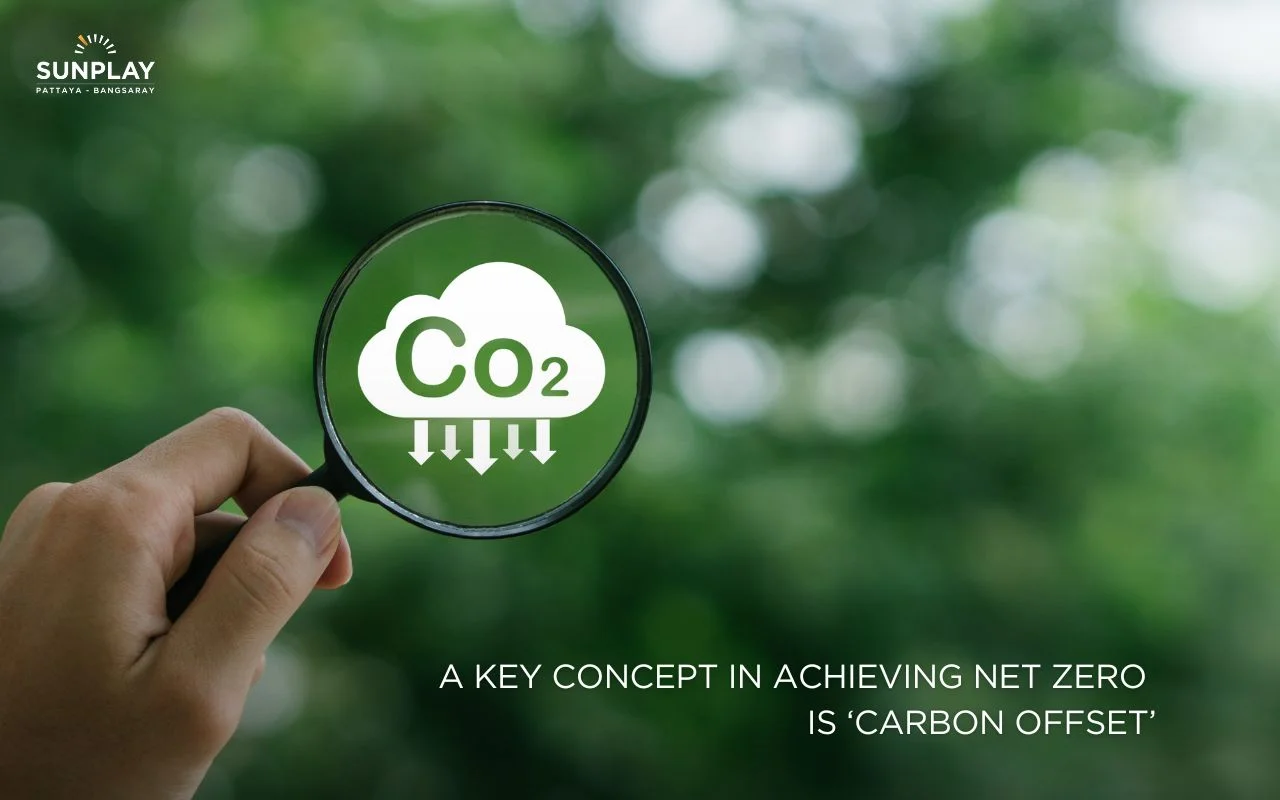
A key concept in achieving Net Zero is Carbon Offset. This involves withdrawing greenhouse gases from the atmosphere to counterbalance the emissions released. Its akin to creating positive impactssuch as planting trees or investing in clean energy projectsto compensate for the pollution generated.
Credit: https://www.bangkokbiznews.com/business/economic/1153161


